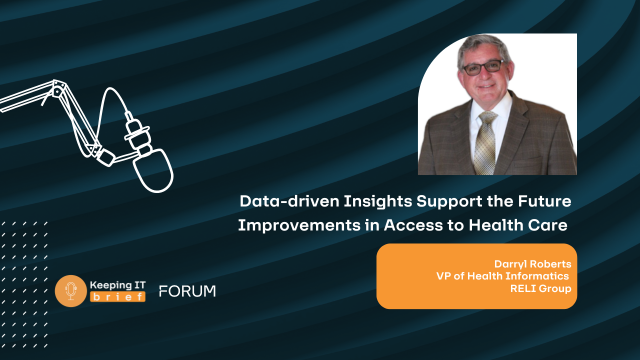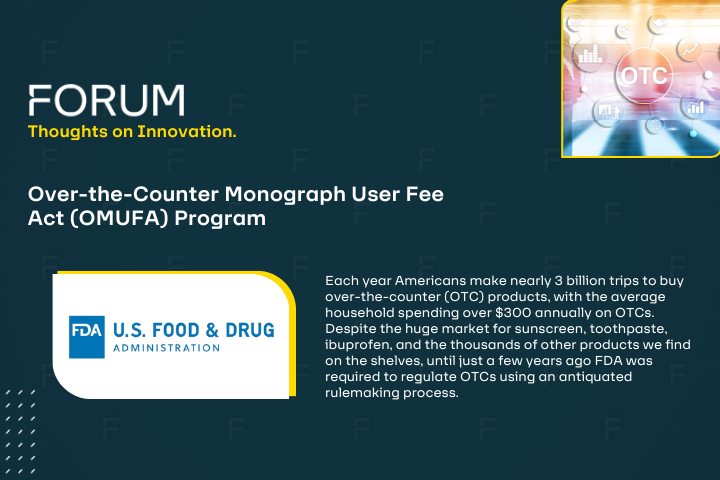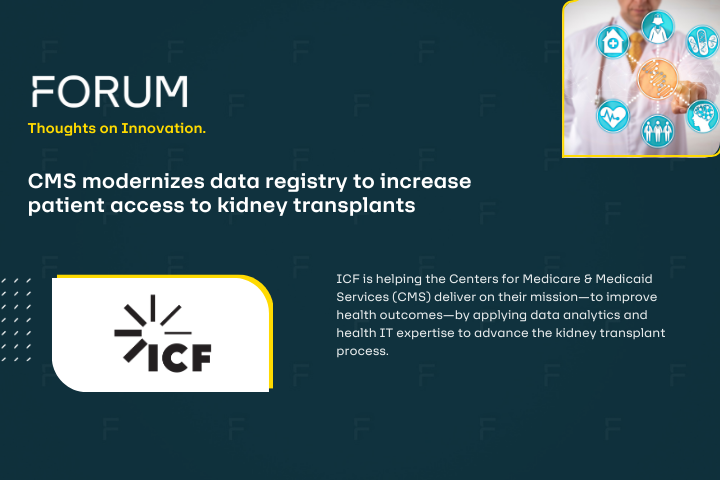By Krista Yager, Chief Digital Officer at National Government Services **2024 FORUM IT100 Award Winner**
Across the federal government, agencies are striving to bolster customer experiences. Motivated by guidance such as the CX Executive Order and the President’s Management Agenda, these initiatives seek to reduce administrative burden on federal employees and accelerate service delivery to enhance public satisfaction with government interactions.
As the public and private sectors work together to achieve these mission-critical objectives, it’s imperative to capitalize on modern IT solutions to deliver the best possible service. For federal health agencies, which millions of Americans depend on for critical care, the benefits of implementing cutting-edge solutions or partnering with an organization that leverages such technology can dramatically improve patient outcomes.
A 2021 report found that organizations with strong employee experiences are 2.4x more likely to delight customers. By harnessing the power of advanced technology, such as generative artificial intelligence and machine learning, federal health agencies and the industry partners that support them can streamline or automate business processes to improve provider and beneficiary experiences alike.
Comprehensive data management is fundamental to unlocking the benefits of these transformational advanced technologies. Notably, data standardization and governance are key to these efforts as they improve interoperability between disparate organizations across the federal health landscape.
Additionally, health data systems must be well organized and secured to begin reaping the benefits of data analytics and automation. Once a mature data management system is in place, tools such as Natural Language Processing can be implemented.
NLP enables computers to understand human language. As such, it can be used to improve call center operations and perform detailed analysis of unstructured clinical documentation. These benefits can help providers and patients get the information they need more quickly, effectively improving health outcomes and boosting CX.
Automation is also beneficial for improving CX and reducing an organization’s operating costs. For resource constrained health agencies, cost is a critical consideration. By automating mundane or tedious processes, it frees up employees to focus on higher value tasks. As operations are streamlined, productivity improves, and beneficiaries get the care they need more efficiently.
Process Intelligence tools, such as task and process mining, can also help an organization identify bottlenecks and determine the ideal adjustment to improve operational efficiency. Task mining, which analyzes individual tasks using data related to user interface interactions, can help resolve challenges at the individual level. On the other hand, process mining analyzes end-to-end processes and is useful when addressing system or organization-wide issues. Both are highly valuable and could dramatically enhance federal health systems if utilized by health agencies and their partners.
Proactive anomaly detection is another influential solution that can be utilized once mature data management practices are implemented. By identifying deviations from the norm, this technique can save time and costs for the federal health landscape by enabling preventative action and rapid responses to adverse occurrences. However, without sufficient data, or well managed data, anomalies cannot be detected or addressed accurately. Machine learning models can help federal health agencies and contractors better understand and capitalize on their available data. This is because it enables comparisons for different kinds of outliers and drives customized outreach and education opportunities to help mitigate fraud, waste, and abuse.
While advanced technologies powered by data management and analysis can deliver significant benefits for healthcare organizations, any upgrades to technological processes must be mirrored by adjustments to organizational procedures and workflows to achieve an optimal result. After all, even the most advanced tools like automation and artificial intelligence, require human involvement.
It’s important to account for user feedback at all stages of an IT modernization initiative. This strategy, known as human-centered design, reminds developers not to make assumptions but to continually monitor and ask about user experiences. As such, repeated and agile feedback loops will be key to ensure changes to technological and procedural processes are working as intended and adding value for providers and beneficiaries alike.
The American people deserve the best possible healthcare. Investing in data management services and platforms can reduce the administrative burden for the federal health workforce and proactively identify opportunities to improve care delivery. As the healthcare ecosystem continues to advance and evolve, thorough and consistent collaboration between public and private sector stakeholders will be imperative to extract the maximum value from modern IT to improve health outcomes and CX for the public.












